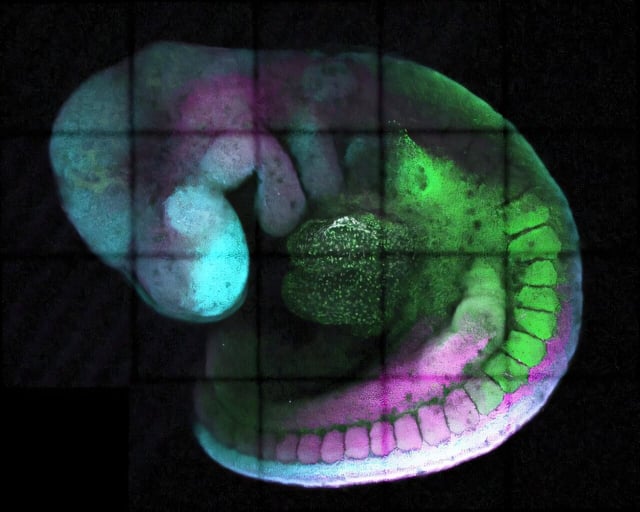Overview
- Researchers discovered a previously uncharacterized DNA element called an attenuator that fine-tunes the timing and intensity of Cdx2 transcription during mouse posterior body formation.
- CRISPR-Cas9 deletion or mutation of the attenuator in mouse embryos significantly alters Cdx2 activity and leads to malformed spinal cord progenitor development.
- Minimal sequence changes within the attenuator reprogram it into an enhancer, revealing its dual regulatory capacity over Cdx2 expression.
- Ongoing studies are probing how the attenuator engages with transcription factors and chromatin remodelers to control gene expression kinetics in vivo.
- This finding paves the way for programmable cis-regulatory tools and holds promise for finely tuned gene-based therapies targeting developmental disorders and diseases.
